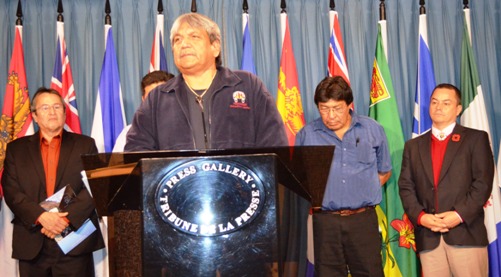Mineral explorers in urban areas come up against NIMBY (Not In My Back Yard) opposition as the will of mineral explorers meets with the will of the public, but economic necessity is turning the tables in some areas of the world.
HALIFAX, NS – If you had plans to stake a claim in downtown Whitehorse, the capital of the Yukon, forget it, at least for the next five years. The Yukon territorial government, after prodding from the Whitehorse City Council, has put a moratorium on staking of hard rock claims in one of North America’s more storied gold jurisdictions. Whitehorse, after all, was a prospector’s hub during the Yukon Gold Rush and, indeed, a launching point for Yukon’s recent gold renaissance. But Whitehorse is no more the dusty turn-of-the-19th-century town where, for the most part, destitute men descended to make their fortunes, of which a few did and many did not. It is now a growing city centre – if minuscule by global standards with about 25,000 inhabitants – with a populace that has more than mining on their mind.
Indeed the banning of claim staking in Whitehorse has for years been an issue. Of all banner bearers, one of the more vocal has been the Whitehorse Country Ski Club. With the prospect of mineral development in the city’s parks and ski trail system, it has demanded a ban on claim staking in town. It is a rather surreal issue that might befuddle a Parisien, Londoner or even Vancouverite for that matter: to find wooden posts with small metal tags nailed to their tops stabbed into the earth at, say, a local park.
























